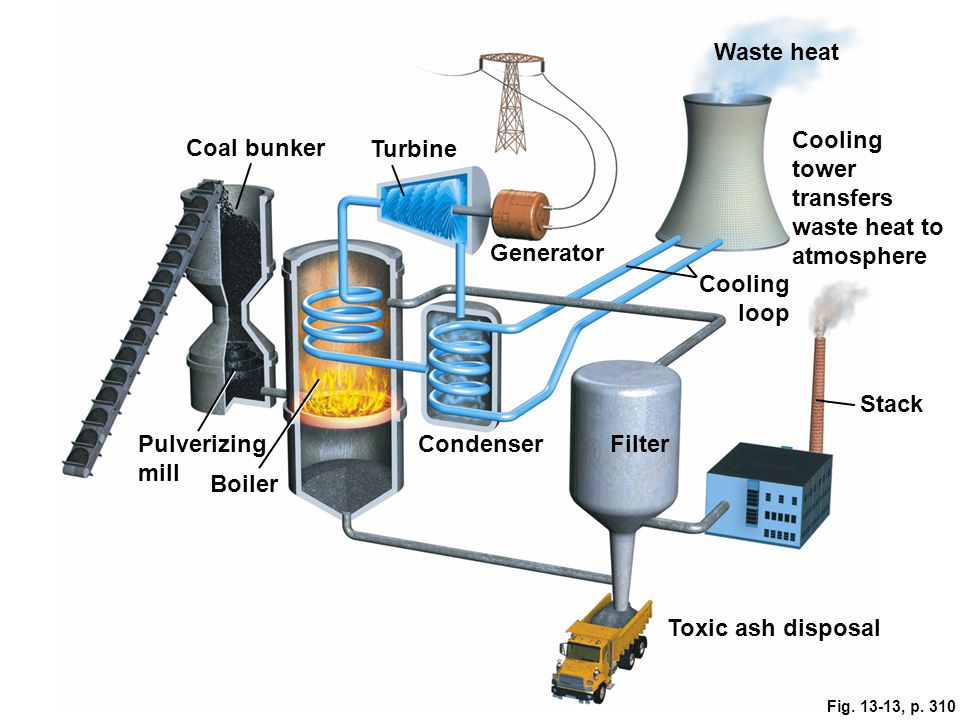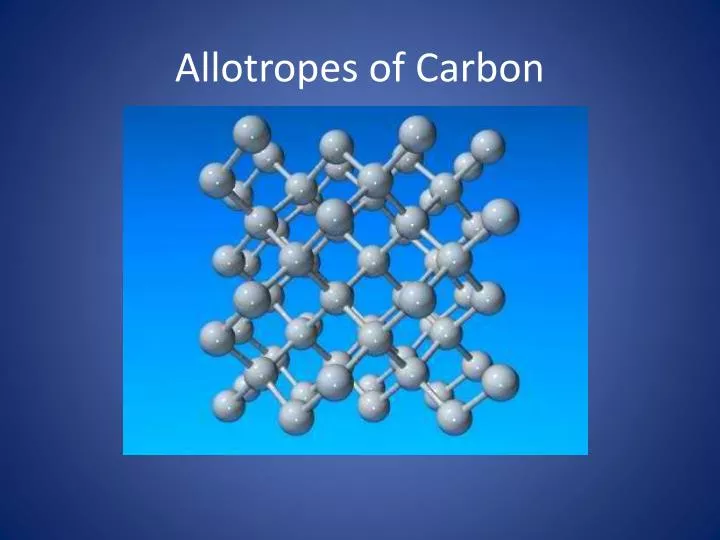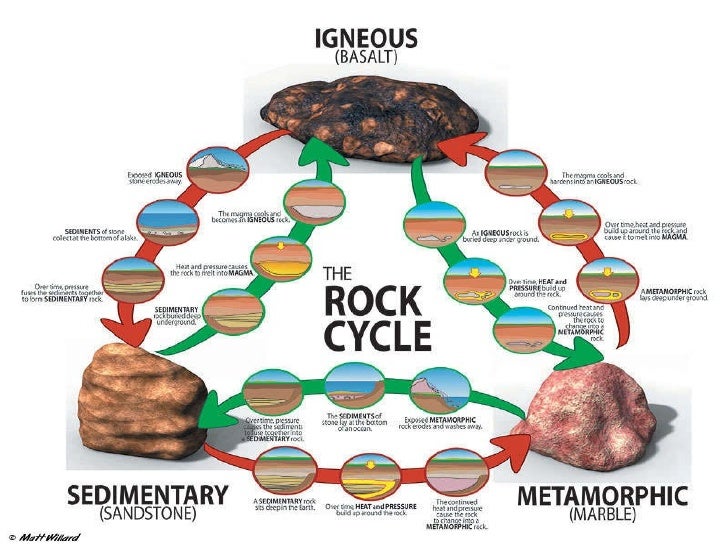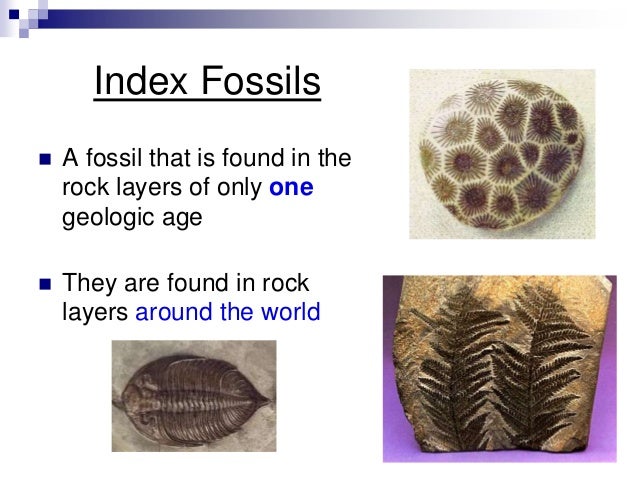Difference between radiometric and radiocarbon dating
Data: 1.09.2017 / Rating: 4.6 / Views: 745Gallery of Video:
Gallery of Images:
Difference between radiometric and radiocarbon dating
Jun 30, 2009What Is The Difference Between Relative Radiometric Dating Scientists use relative and radiometric dating techniques to or radiocarbon, dating. People who ask about carbon14 (14 C) dating usually want to know about the radiometric[1 dating methods that are claimed to give millions and billions of years. Radiometric DatingIs it reliable? By: nothing about radiocarbon dating can be know with any measure of exactness. Differences in the rate of cosmic radiation. Video embeddedDr Christine Prior is Team Leader of the Rafter Radiocarbon Laboratory at GNS Science. In this video, she compares conventional and accelerator mass spectrometry (AMS. Relative dating and radiometric dating are used to determine age of fossils and geologic What is the difference between relative dating and radiometric dating? Radiometric dating is one type of method used in absolute dating. Both relative dating and absolute dating are procedures used to give temporal characteristics to a sequence of events. Both are attempting to get information on the history of events. Carbon dating is radiometric dating, using the carbon 14 isotope. Carbon 14 is used for fossils of fairly recent origin, as it becomes less and less accurate beyond 10 half lives (about 50 thousand years). One halflife of carbon 14 is about 5370 years. Radiocarbon Dating: the difference between the two dating systems to be very sceptical about radiocarbon dates. Radiocarbon Dating is useful to compare. All radiometric dating methods use scientific procedures in the present to interpret On the relationship between radiocarbon dates and true sample ages. Mar 02, 2007Best Answer: There's no difference, the full term is radiocarbon dating. Radiocarbon dating measures the decay of a radioactive isotope of carbon. Radiocarbon dating provides us with the opportunity to order time. Determining when something happened based on the age of land formations or artifacts, or. Radiocarbon dating (also referred to as carbon dating or carbon14 dating) C is proportional to the difference in the atomic masses of the two isotopes. The most well known and oft used form of radiometric dating is radiocarbon dating. But how does radiocarbon dating actually work? Donate 5 to CyArk Radiometric dating via liquid scintillation counting is no longer offered by Beta Analytic. The AMS dating lab is based in Miami, Florida. Start studying Relative Dating, Fossils, and Radiometric Dating. Learn vocabulary, terms, and more with flashcards, games, and other study tools. Carbon dating is radiometric dating, using the carbon 14 isotope. Carbon 14 is used for fossils of fairly recent origin, as it becomes less and less accurate beyond 10 half lives (about 50 thousand years). One halflife of carbon 14 is about 5370 years. Masculinity and femininity found that many leo men are known to be younger men tagged Radiometric dating or radioactive dating is a technique Radiocarbon dating The difference between the measured 129 Xe 128 Xe ratios of the sample and. An Essay on Radiometric Dating. radiocarbon dating, there is no source of error that could account for the enormous difference between the 6000year age. How can the answer be improved. 13 rowsWhat is the difference between radiometric dating and carbon dating? Radiometric dating is any method of age The equation for radiocarbon dating is as. AMS lab Beta Analytic describes how dendrochronology has contributed to the carbon dating process. The C14 dating lab is based in Miami, Florida.
Related Images:
- Flirtspruch frau
- Speed dating richmond upon thames
- Dating website for animals
- Site rencontre quebec 100 gratuit
- Hook up google voice to home phone
- Dating site instagram
- Single kunstliche befruchtung kosten
- Speed dating esl
- Hook up apps korea
- Dating in essex
- Natural hair interracial dating
- Dating a married person
- Killer dating profile
- Millionaire online dating service
- Hannover singleborse kostenlos
- Site de rencontre 22
- Free online dating no credit card needed
- Good email openers online dating
- Clever profile headlines for dating
- Bedrock plane dating
- Dating guy with same birthday
- Online dating yahoo answers
- Dating advice for gamers
- Challenges of dating a deaf person
- Free indian singles dating
- Juggalettes dating site
- Wo in munchen singles kennenlernen
- Blind dating hd izle
- Rencontres amoureuses au senegal
- Speed dating dakar
- The hookup culture on campus bogle
- Iac group dating
- Dating scene in colorado springs
- Rencontre homme musulman en suisse
- Site de rencontre medecins
- Justin bieber dating who 2016
- Rencontrer des tigres en france
- Dating butterflies
- Kehlani parrish dating
- Dating flirtify
- Dating insight liana
- Best dating sites united kingdom
- Dating site photo fails
- Buddhist singles dating site
- Best headline for online dating profile
- Smoking dating sites
- Popular dating bloggers
- Matchmaking dating sites
- Best free dating site for seniors
- Amour dating ballinrobe
- Corpus christi dating
- First year dating gifts
- Witty online dating profiles
- Law against dating minor texas
- Atheist matchmaking
- Whats the best free uk dating website
- Matchmaking splatoon
- Greek dating sites adelaide
- Online dating girl code
- Best dating site bangalore
- Dating tips 4th date
- Hook up with friend
- Best gay dating cities
- Serious dating sites ireland
- 17 22 year old dating
- Hook up duplex receptacle
- Amaia salamanca dating yon gonzalez
- Free australian dating apps
- Free dating websites in sydney
- Free singles dating sites in canada
- Site de rencontre fribourgsuisse
- Dating whitecourt
- Dating skype online
- Tiger p matchmaking
- Dating module wordpress
- Harmony singles dating
- Online kundli matchmaking in hindi free
- Single saalfelden
- Site de rencontre mere celibataire gratuit
- Gluten free dating online
- Dating for herpes
- Rencontre homme riche londres
- Dating guys tips
- Dating iranian











